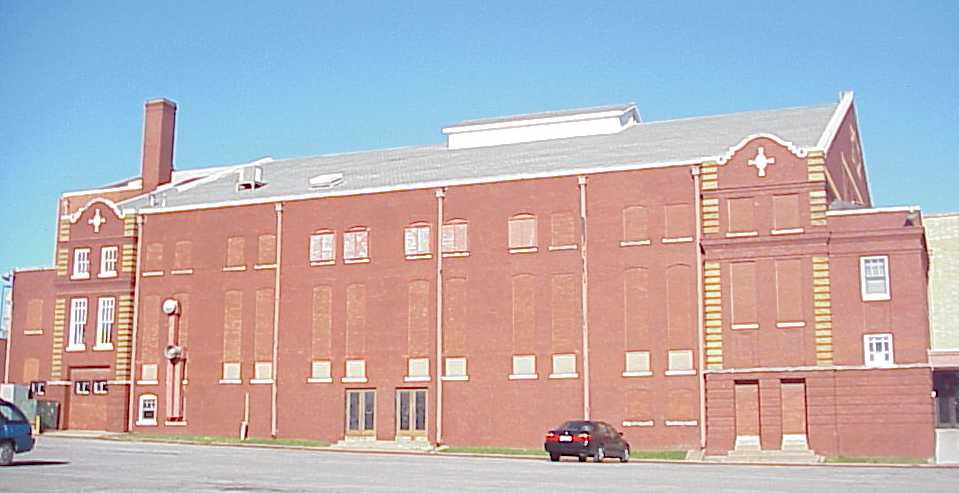- Brady Theater
Infobox_nrhp | name =Brady Theater
nrhp_type =

caption =
location=Tulsa, OK
lat_degrees = 36 | lat_minutes = 9 | lat_seconds = 28.51 | lat_direction = N
long_degrees = 95 | long_minutes = 59 | long_seconds = 42.53 | long_direction = W
area =
built =1913
architect= Curtin
added =August 29 ,1979
governing_body = Private
refnum=79002028 cite web|url=http://www.nr.nps.gov/|title=National Register Information System|date=2007-01-23|work=National Register of Historic Places|publisher=National Park Service] The Brady Theater has servedTulsa ,Oklahoma ,U.S.A. as a public assembly facility since its completion in 1914. Located in Tulsa, Oklahoma, U.S.A. at the corner of W. Brady Street and N. Boulder Avenue, it was built between 1912 and 1914 by The City of Tulsa upon the approval of a $125,000 bond issue. The theater was originally designed as a municipal auditorium and convention hall by the architectural firm of Rose and Peterson ofKansas City, Kansas . From 1914 to 1952, the building was known as Convention Hall. When the facility officially opened, it was billed as the largest hall between Kansas City andHouston, Texas .In 1930, world-renowned architect
Bruce Goff was hired as designer of a major overhaul of the interior. He was given thirty days to plan the transformation of the barn-like space into an elegant showplace suitable for a city that was becoming known as "The Oil Capitol of the World." TheArt Deco style remodeling included draperies and seats, vertical wall panels of white plaster decorated with thin gold dividers, gilded air conditioning grilles, and acoustic ceiling tiles painted green, blue, white, and gold. Five massive green and white pendant light fixtures were installed centrally in the auditorium. In 1952, additions were constructed at the front and rear of the original structure. Upper and lower lobbies were added and the building was renamed Tulsa Municipal Theater. The architectural design at the time was referred to as Western Classic Revival. In 1978, The City of Tulsa sold the building by sealed bid to local entrepreneur, Peter Mayo, who has owned it since. In 1979, the building was listed on theNational Register of Historic Places . The building was supplanted in 1977 as the city's municipal auditorium by construction of the more modern [http://www.tulsapac.com/ Tulsa Performing Arts Center] a few blocks southeast of the Brady's location. Renamed simply The Brady Theater, and affectionately known as "The Old Lady of Brady," it continues to operate as a venue for a wide variety of concerts and theatrical productions.Notable entertainers of every type have graced its stage through the years -
Al Jolson ,Isadora Duncan ,Ethel Barrymore ,Helen Hayes ,Benny Goodman ,The Marx Brothers ,Katharine Hepburn ,Peter Frampton ,Buddy Holly ,Debbie Reynolds ,Dave Brubeck ,Van Cliburn ,Stevie Ray Vaughan ,U2 ,The Pretenders ,Frank Zappa , Genesis,The Kinks ,Mötley Crüe , andRobin Williams . The building is rumored to be haunted by theghost ofEnrico Caruso , who performed there in 1920, and reportedly caught the cold that led to his death ofpleurisy in 1921.The Tulsa Convention Hall was listed in the
National Register of Historic Places on August 29, 1979. It was listed under National Register Criterion A, and its NRIS number is 79002028.References
* www.bradytheater.com
External links
* [http://tulsapreservationcommission.org/nationalregister/buildings/index.pl?id=46 Tulsa Convention Hall (Brady Theater)]
Wikimedia Foundation. 2010.
